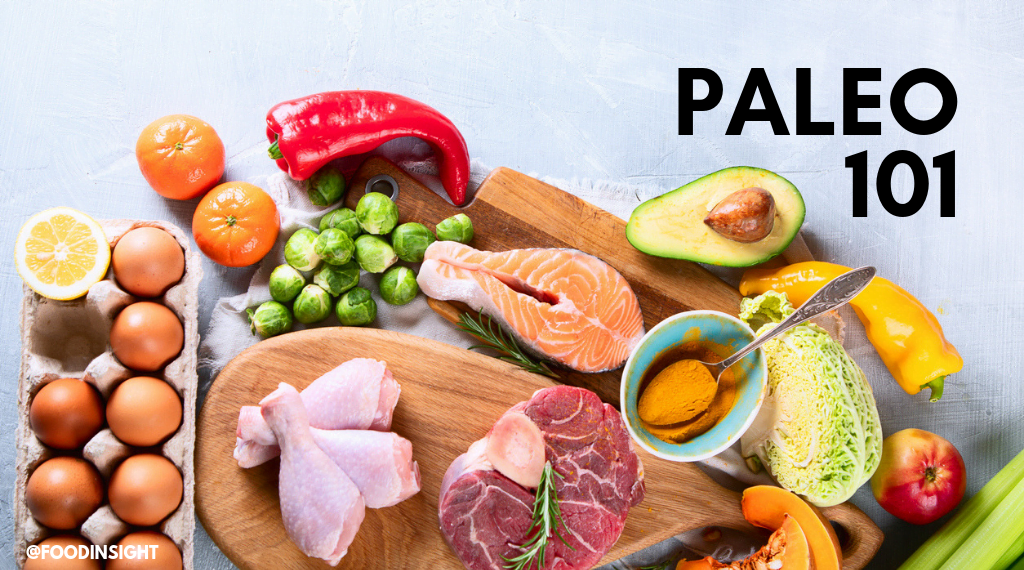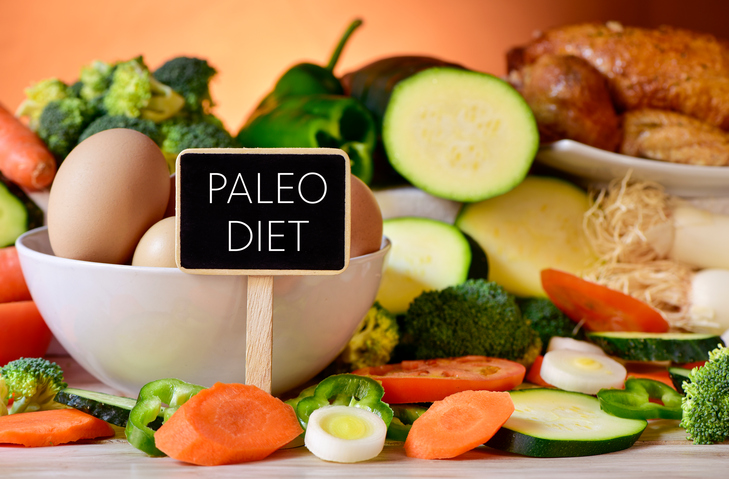
It is controversial to say whether Paleo can prevent heart disease. While many people accept the benefits of this diet, some studies have shown that it can increase your risk of heart disease. Researchers looked at the effects of diet on arterial distensibility as well as plasma insulin during an oral diabetes tolerance test.
Increased risk of getting heart disease
A new study has found that Paleo can significantly increase levels of a blood-related biomarker for cardiovascular disease. Trimethylamine noxide (TMAO), a naturally occurring organic compound, is produced in the stomach. A study of 44 Paleo-eaters and 47 Australians found that Paleo-eaters had higher levels TMAO. This higher level of TMAO can increase your risk of developing heart disease.
Four Australian researchers discovered that Paleo participants had elevated levels a compound linked with heart disease. Trimethylamine Noxide is a compound that bacteria produces in the gut and is associated with the development of heart disease. Paleo diets can also be known to have lower levels positive bacteria. However, more research is required to determine the impact of reduced carbohydrate intake on heart disease.
An increase in the risk of inflammation
A Paleo diet is linked to heart disease. Interlukin-10 is a signaling molecule that immune cells release, and Paleo people have higher levels. Research suggests that a lower level of interlukin-10 can indicate a greater risk for heart disease. While high levels of interlukin-10 might counteract inflammation and help protect blood vessels, more research is necessary to confirm the relationship.

Paleo is a diet which omits grains, legumes and vegetable oils. Although this is the basis for many heart-healthy diets, it is high in fat. It contains both saturated as well as trans fats. It is also often very expensive. Due to its high intake of meat and dairy products, Paleo is not affordable for everyone. People with lower incomes might find it difficult to afford these meats.
Increased risk of kidney disease
Paleo is popular among health-conscious individuals, but it has its drawbacks. The diet emphasizes meat because it is high cholesterol. Paleo also discourages the intake of refined sugars which are full of empty calories. This sugar has been linked to obesity and heart disease as well as diabetes. The Paleo diet discourages legumes but encourages meat.
Paleo diet is good for increasing fiber intake. It also helps to reduce the waistline. A high level of fiber in the diet lowers cholesterol. Avoid egg yolks as they are a good source of phosphorus. High-quality protein and egg whites are better choices for renal health. A lot of water can help decrease the protein levels in your urine. But, there is always the possibility of developing kidney disease.
Increased risk for heart disease in females
Paleo has gained popularity for many reasons. It has many heart-healthy benefits and is based on the Mediterranean and Nordic diets. The high intake of animal fat makes it high in saturated and/or trans fats. High beef intake is also associated with an increased risk of heart disease. Paleo may not be for everyone. It can also be very expensive for low-income people.
Studies show that saturated fats and cholesterol are not associated with an increased chance of heart disease in Paleo-eating women. While the diet does eliminate some junk food, it still does not cut back on saturated fat. A recent review of nutritional information associated with heart disease found that there wasn't enough evidence linking saturated fat to heart diseases. A paleo diet contains fewer vegetables than the standard diet but still includes plenty of fruits and vegetables.
Effects on gut bacteria

A new study shows that Paleo diets are associated with lower rates of obesity and risk of developing heart disease. The researchers compared TMAO levels among people who ate Paleo versus those who didn't. The results showed that consuming a high-protein diet supported the growth of good bacteria and reduced the number of pathogenic microbes. A high-protein diet may increase your risk of developing chronic diseases, decrease your gut health, or cause micronutrient deficiencies.
Researchers also found a strong association between TMAO levels as well as a person's diet. Research showed that a higher intake animal-based protein such as meat or fish increased TMAO production in blood. Participants' blood levels in TMAO were almost twice as high than those of controls during the study. The researchers also found that vegans had lower TMAO levels than paleo dieters. Researchers also discovered that participants taking carnitine supplementation had significantly lower TMAO levels.
FAQ
How can I learn how to cook like a professional chef?
Cooking is a great way to improve your life. You can increase your self-confidence by learning how to cook healthy foods for yourself and others. Learn how to cook healthy food at home. The first step is to find out what kind of recipes you like. Next, study books about different foods like Chinese, Mexican and Italian. Finally, you can practice cooking different dishes until your skills are perfect.
How do you learn to cook the best?
Cooking can be something everyone should master. You will miss out on great meals if you don't learn how to cook. First, find a recipe that appeals to you and then follow it closely. Next, practice making small tweaks to the recipe until the dish is your own. Next, you can cook for others. This will allow you to improve your cooking skills and test your abilities.
What skills will I need to be able to go to culinary school?
You must have the ability to cook well and work under pressure. You should enroll in cooking classes at local community colleges or high schools to learn how to cook. After mastering the basics, you'll be able to apply for a job at a catering or restaurant.
How can I get hired to be a chef?
The first step toward getting a job as a chef is to complete a culinary arts degree. You can then join a professional group such as ACF. This organization offers certification exams and networking opportunities.
How long does cooking take? How long do I need to learn to cook?
It depends on your level of skill. Some people learn basic cooking techniques in just a few days. Others might need months or even years to master basic cooking techniques.
There are many factors that affect the time required to learn how cook. For example, someone who has never cooked before would probably need more time than someone who cooks regularly. Different types of cooking require different amounts of experience. For instance, baking requires more knowledge than frying.
A specific technique will help you cook faster. Once you have perfected that technique, you can move on. You don't need to worry about how many days or weeks it took to learn how to cook. You can just keep at it and enjoy the process.
Statistics
- The median pay for a chef or head cook is $53,380 per year or $25.66/hour, according to the U.S. Bureau of Labor Statistics (BLS). (learnhowtobecome.org)
- under 10 Kids have been taught that there is special food just for them, and Fiese says that 10 percent of kids will throw a tantrum if they don't get the food they want. (washingtonpost.com)
- According to the BLS, chefs earn $58,740 a year. (learnhowtobecome.org)
External Links
How To
How to cook your steak
The thickness of the meat determines the best cooking method. Thicker steaks, for example, are better cooked at low heat while thicker steaks require higher temperatures.
They will lose their flavor if they are overcooked. Don't forget to take the steak out of the pan once it's finished. This will ensure that you don't burn your self.
Cooking times depend on the size of the steak and the desired degree of doneness. Here are some general guidelines.
Medium Rare: Cook until medium rare, which means the internal temperature reaches 145degF (63degC). This process takes between 3 - 5 minutes per side.
Medium: Cook the meat until it reaches 160°F (71°C). This typically takes 6 minutes per side.
You are done when the internal temperatures reach 180°F (82°C). This normally takes 8 to 12 minutes per side.